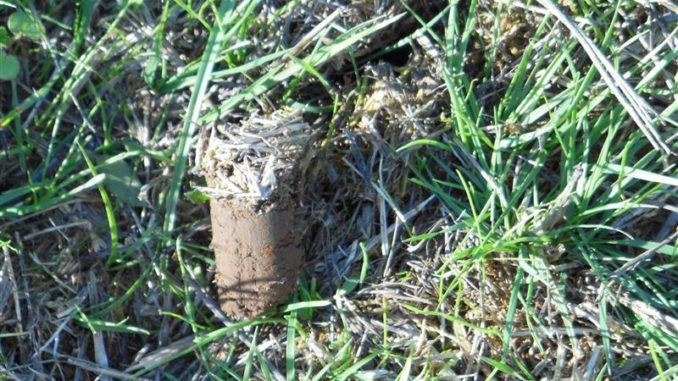
We have an aerator as part of the Clackamas County Soil and Water Conservation District’s Equipment Rental Program. Recently, we used the aerator to aerate two of the fields at the Beavercreek Demonstration Farm.
Our aerator is made by Mill Creek Manufacturing. The five-foot-wide aerator attachs to the three-point hitch of our tractor, Big Red.
Does it make sense to aerate?
Whether to aerate or not can be a difficult question. Aeration breaks up the top two or three inches of compacted soil, or breaks up thatch that has developed in a field. Operating farm equipment on fields or having heavy animals in pastures can cause compaction.
Some research shows aeration improves forage yield in pastures with compacted soil. Other research shows no significant gain in yield after aeration.
For us, choosing to aerate was an easy choice, because aeration is not going to make our fields produce less grass, and may help them produce more. For the handful of tractor hours spent aerating two fields, we think it was a good investment.
Aerator required repair
Before we aerated, we cleaned and lubricated the aerator. One gang of tines (also called coring spoons) was difficult to turn, even after greasing the aerator shaft. After using the aerator in two fields, this gang of tines was still difficult to turn, and it turns out the reason was because the shaft was bent.
We replaced the shaft, tightened all the bolts, and lubricated everything one more time. We also replaced a missing support post so the aerator will stand up straight when not attached to the tractor.
Aerating took a few hours
We ran the tractor pretty slowly across the 1.7 acres in West field, so it took a couple of hours to finish the job. Afterwards, we cleaned the coring spoons with a screwdriver and blasts of water, and rinsed all the accumulated dirt off of the aerator before putting it away.
Aerator is available to rent
Please contact Eann Rains at the District office for more information about renting the aerator.
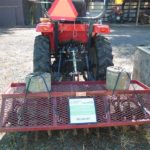

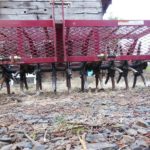
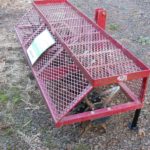
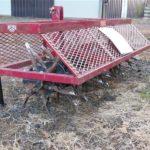
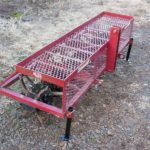
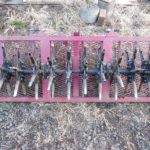
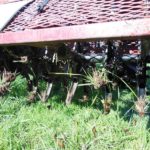
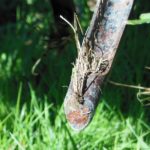
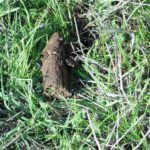
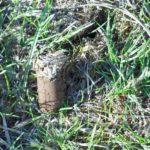
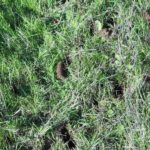
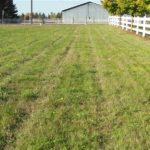
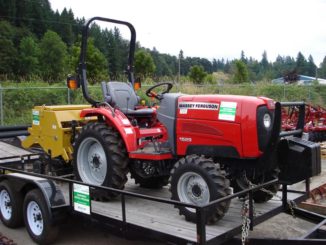
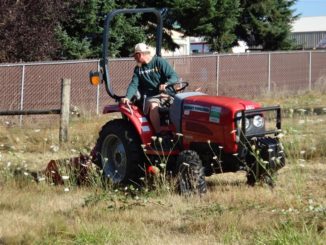

1 Trackback / Pingback
Comments are closed.